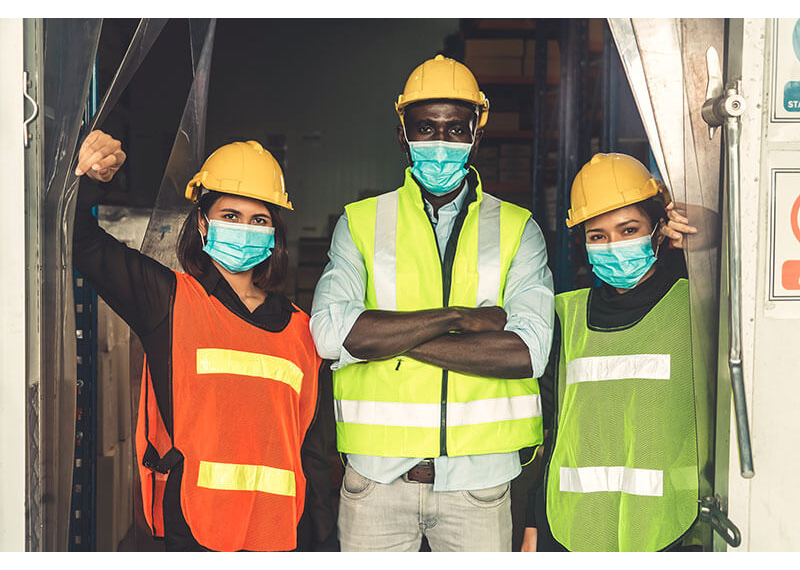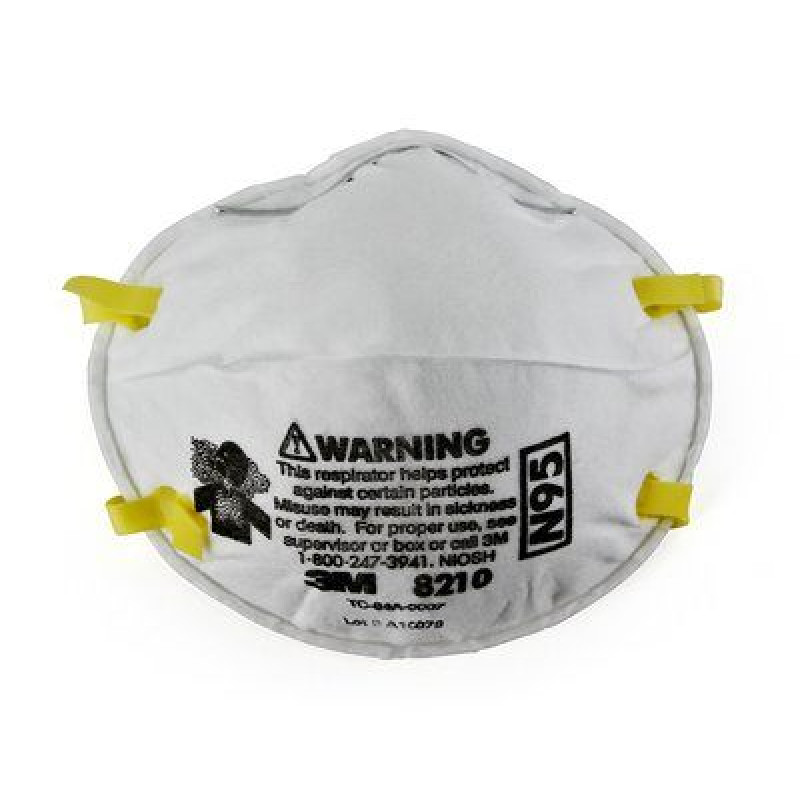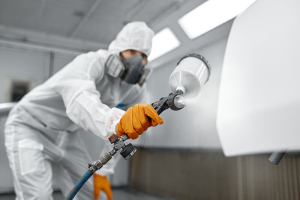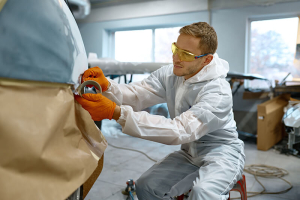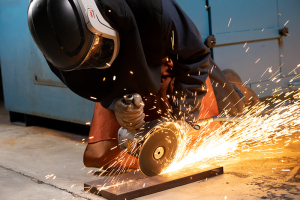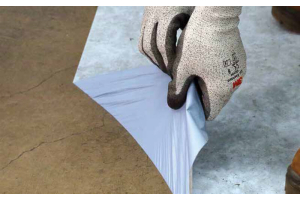Top Tips to Return to Construction Work Safely
Top Tips to Return to Construction Work Safely
As the world starts to return to work sites, companies are still figuring out the requirements and steps they need to take to protect employees from COVID-19. We know that facemasks, like a 3M N95 particulate respirator, prevent transmission of the virus by stopping respiratory droplets from spreading when a person coughs, sneezes, or simply has a conversation. We also know that keeping commonly used surfaces sanitized also helps prevent the spread of the disease.
Many international organizations, like the U.S. Centers for Disease Control (CDC), the U.S. Occupational Safety and Health Administration (OSHA), the World Health Organization (WHO), and many others have all published updated safety guidelines. In particular, the CDC and OSHA have created guidelines to help address the needs and concerns of the construction industry.
Building a better workplace
OSHA and CDC safety procedures range from tried and true methods, all the way to using the latest safety techniques we've learned since the start of the pandemic. Obviously, companies should encourage sick workers to stay home, but it's also a good idea to encourage healthy employees with sick family members to follow CDC precautions.
Another recommendation is to limit close contact with other people, and to also clean and disinfect frequently touched surfaces or objects, including counter tops, desks, shared tools, machines, vehicles, and more. There should be a limit to tool sharing, and all employees must practice proper hand hygiene.
Organizations can also provide training on symptoms to look out for, as well as the risks for severe illness and the correct techniques on proper hand washing. To help support hygiene, a work site needs to provide workers with hand washing stations, or hand sanitizer with more than 60% alcohol.
Better yet, a social distancing plan to maintain at least six feet of separation can be developed and implemented. And the most helpful of all, encourage the use of face masks. For additional administrative measures, you could also install shields and barriers, where necessary. Limiting in person meetings and the capacity in enclosed areas such as elevators, trailers, or break areas is also helpful.
Conducting hazard assessments helps determine if any additional personal protective equipment (PPE) or training is required. Organizations can also designate a COVID-19 safety and health officer to understand your site's local heath requirements and levels of community outbreaks, while overseeing the development of safety procedures and responding to any concerns.
How to approach different risk levels in construction
In "Guidance on Preparing Workplaces for COVID-19," OSHA explains how to identify low, medium, high, and very high levels of risk to exposure to COVID-19. Fortunately, OSHA anticipates that most construction work will be low or medium-risk activities, with some occasional high-risk tasks.
Low-risk tasks in construction include those that allow workers to have at least six feet of space between each other, and have little contact with the general public. Most construction workers wouldn't need PPE beyond what they usually use to perform routine tasks. Gear like a hard hat, gloves, safety glasses and a face mask would be all you need in a low-risk environment.
Medium-risk tasks are those where workers need to be within six feet of each other, and have contact with customers or visitors. Administrative or engineering protective measures like barriers or shields may not be enough, so adequate PPE like gloves, eye protection, and face shields should be provided.
High-risk responsibilities could be entering an indoor work site occupied with other workers, customers, or residents reported to be symptomatic or tested positive for COVID-19. This kind of risk is associated more with hospitals or recovery centers, and for close-contact tasks, respiratory protection with a level of N95 or higher may be needed.
Keep Up To Date with Workplace Standards
When workers require PPE, employers must comply with all appropriate workplace standards and regulations when selecting and using the gear. For example, the OSHA standard for PPE in construction is for employees to use gloves, eye and face protection, and respiratory protection when needed. When respirators are necessary to protect workers, employers are required to implement a comprehensive respiratory protection program.
To learn more about how to start a respiratory protection program, please read our handy blog "6 Steps to Start A Respiratory Protection Program."
The CDC recommends face coverings, while OSHA recommends face masks as a public health measure, so things can be a little confusing. When employers have a better understanding of the differences between face coverings, surgical masks, and respirators, they can help choose the right equipment for their workforce.
For additional information about PPE for your worksite, please visit our Health & Safety page today.
We know your time is valuable. We'd love for you to read the whole blog, but if you don't have time, check out our 30-Second Summary:
30-Second Summary:
- ✔ Companies can help improve workplace safety by following OSHA guidelines and conducting regular hazard assessments.
- ✔ For construction work in low-risk environments, only gear like a hard hat, gloves, safety glasses and a face mask would be necessary.
- ✔ Medium-risk construction sites have workers in close proximity, and require adequate PPE like gloves, eye protection and face shields.
- ✔ Construction workers in high-risk environments need more comprehensive respiratory protection with a level of N95 or higher.
- ✔ Both employers and employees must comply with all appropriate standards and regulations when using PPE.

